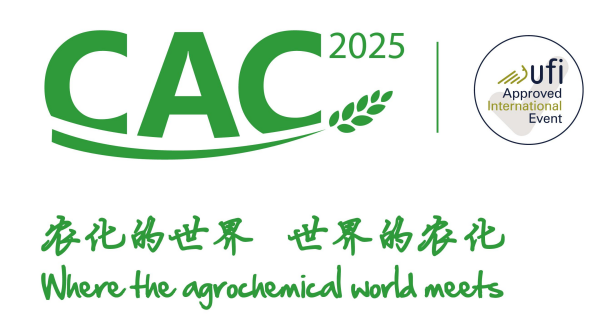Osmium Tetroxide
Osmium Tetroxide is predominantly used in electron microscopy as a stain to add contrast to digitally scanned images.

Name: Sodium bicarbonate CAS No.: 144-55-8 Appearance: White powder or opaque monoclinic system fine crystals Molecular formula: CHNaO3 Molecular Weight: 84.01 Melting point:>300 °C(lit.) PACKAGE:25KG/BAG

Name: Dichroromethylvinylsilane CAS number: 124-70-9 Molecular formula: C3H6Cl2Si Molecular weight: 141.07 EINECS number: 204-710-3 Mol file: 124-70-9.mol

Name: Vinyltrimethylsilane CAS number: 754-05-2 Molecular formula: C5H12Si Molecular weight: 100.23 EINECS number: 212-042-9 Mol file: 754-05-2.mol

Name: Ethoxydimethylvinylsilane CAS number: 5356-83-2 Molecular formula: C6H14OSi Molecular weight: 130.26 EINECS number: 226-341-7 Mol file: 5356-83-2.mol

Name: CHLORODIMETHYLPINYLSILANE CAS number: 1719-58-0 Molecular formula: C4H9ClSi Molecular weight: 120.65 EINECS number: 217-007-1 Mol file: 1719-58-0.mol

Name: 1,1,3,3-TETRAMETHYL-1,3-DIVINYLDISILAZANE CAS number: 7691-02-3 Molecular formula: C8H19NSi2 Molecular weight: 185.41 EINECS number: 231-701-1 Mol file: 7691-02-3.mol

From May 17 to 19, 2024, the 25rd China International Agrochemical and Plant Protection Exhibition, the 25rd China International Agrochemical Equipment and Plant Protection Equipment Exhibition, and t...
Aniline CAS NO.62-53-3
Name: Aniline
CAS No.: 62-53-3
Appearance: Colorless to light yellow transparent liquid
Molecular formula: C6H7N
Molecular Weight: 93.13
Solubility: slightly soluble in water, soluble in ethanol, ether and benzene.
Application: Used as a raw material for dye intermediates, pesticides, rubber additives and other organic synthesis
Molecular structure:

Description:
Aniline is alkaline and can be combined with hydrochloric acid to form hydrochloride, and sulfated to synthesize sulfate. Can play the role of halogenation, acetylation, diazotization and so on. In case of open flame or high heat, it is flammable, and the burning flame will produce smoke. . Reacts violently with acids, halogens, alcohols, and amines, causing combustion.
Aniline is one of the most important intermediates in the dye industry, and it is also the main raw material for medicine, rubber accelerators, and antioxidants. It can also be used to make spices, varnishes, and explosives. Aniline is used to make dyes, pharmaceuticals, resins, varnishes, perfumes, vulcanized rubber and even solvents.
 online service
online service +8613866722531
+8613866722531 pweiping@techemi.com
pweiping@techemi.com pweiping
pweiping +8613866722531
+8613866722531